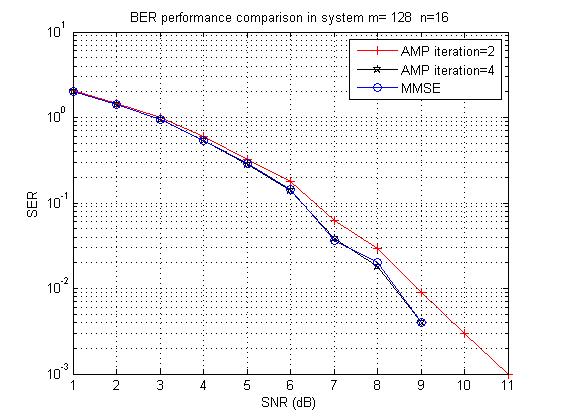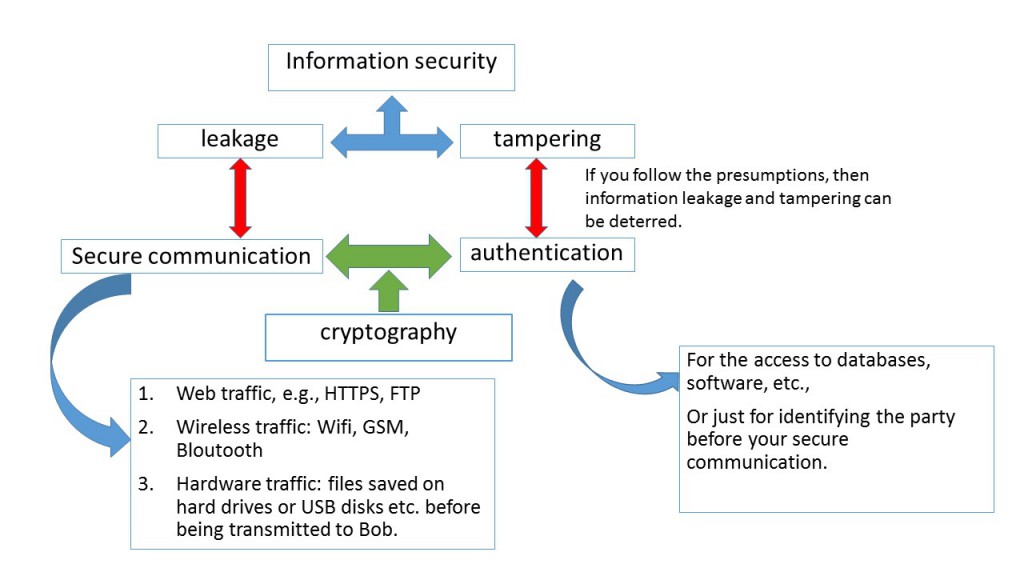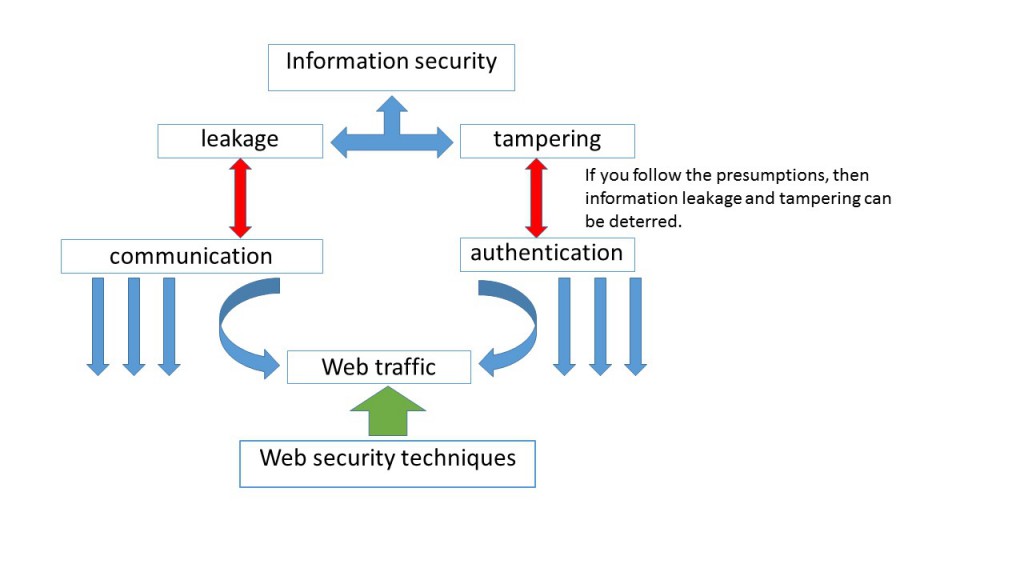In this exposition, we want to highlight that the approximate message
passing (AMP) has superior complexity when serving the Massive MIMO
uplink detection, although AMP was initially proposed for solving a
LASSO problem [DMM09]. Regarding expository detail about why AMP
works, please see [BM11].
Regarding the problem of Massive MIMO uplink detection [HBD13], the
architecture serves tens of users by employing hundreds of antennas,
![]()
where the channel ![]() has its elements
has its elements
sampled from ![]() ,
, ![]() ,
,
![]() is the received signal, AWGN noise components
is the received signal, AWGN noise components
![]() are i.i.d with
are i.i.d with ![]() ;
;
regarding the transmitted ![]() , we only assume that it’s zero
, we only assume that it’s zero
mean and finite variance ![]() .
.
Before incorporating the AMP algorithm, we should be well aware of
two facts: 1. directly using maximum a priori (MAP)
![]() or MMSE estimation
or MMSE estimation
![]() to work with the exact prior
to work with the exact prior
degrade the necessity of employing AMP, because achieving a full
diversity requires an extremely large set of constellation points, in
which AMP works slowly while doing the moment matching process, not
to mention problems about its inability to converge to the lowest
fixed point. 2. In the CDMA multiuser detection theory [Verdu98,
etc.], their “MMSE” detector does not mean the one working with
exact prior , but rather the one assuming a Gaussian prior.
So we use a proxy prior for detecting ![]() , i.e., assuming that
, i.e., assuming that
![]() , and it will result in a MAP function that is statistically extremely close to the true MAP in Massive MIMO. In this occurrence, we have the signal power
, and it will result in a MAP function that is statistically extremely close to the true MAP in Massive MIMO. In this occurrence, we have the signal power
![]() in QPSK,
in QPSK, ![]() in 16QAM, etc. So
in 16QAM, etc. So
the target function becomes:
![]()
The AMP algorithm to solve the above problem only requires three
lines (see [BM11], or our next paper which delivers a universal
version of this algorithm):
(1) ![]()
(2) ![]()
(3) ![]()
where the initialization is to let ![]() ,
, ![]() ,
,
![]() . In terms of complexity, it only costs
. In terms of complexity, it only costs
![]() . Also, according to the second
. Also, according to the second
equation of the algorithm, it is converging extremely fast. On the
contrary, MMSE has complexity ![]() . It is noteworthy that
. It is noteworthy that
known approximation methods to MMSE, such as Richardson’s method or
Newman series approximation, both fall behind the complexity-performance
trade-off of AMP according to our simulations.
Now we share simulation results as well as MATLAB source codes.

% AMP detector in Massive MIMO
% written by Shanxiang Lyu (s.lyu14@imperial.ac.uk)
% Last updated on 04/12/2015
function main()
clc;clear; close all;
m=128;% # of received antennas
n=16;% # of users
SNRrange=[1:20];
count=0;
for s=SNRrange
SNRdb=s;
for monte=1:1000
x=(2*randi([0,1],n,1)-ones(n,1))+sqrt(-1)*(2*randi([0,1],n,1)-ones(n,1));
sigmas2=2;%signal variance in QPSK
H=1/sqrt(2*m)*randn(m,n)+sqrt(-1)/sqrt(2*m)*randn(m,n);
sigma2=2*n/m*10^(-SNRdb/10); %noise variance in control by SNR in DB
w=sqrt(2*sigma2)*randn(m,1)+sqrt(-1)*sqrt(2*sigma2)*randn(m,1);
y=H*x+w; %channel model
%iterAMP is # of iterations in AMP
iterAMP1=2;
xhat1=AMP(y,H,sigma2,sigmas2,iterAMP1,m,n);
iterAMP2=4;
xhat2=AMP(y,H,sigma2,sigmas2,iterAMP2,m,n);
x_mmse=(sigma2/sigmas2*eye(n)+H'*H)^(-1)*H'*y;
x_mmse=sign(real(x_mmse))+sqrt(-1)*sign(imag(x_mmse));
errorAMP1(monte)=sum(x~=xhat1);
errorAMP2(monte)=sum(x~=xhat2);
errorMMSE(monte)=sum(x~=x_mmse);
end
count=count+1;
serAMP1(count)=mean(errorAMP1);
serAMP2(count)=mean(errorAMP2);
serMMSE(count)=mean(errorMMSE);
end
figure(1)% plot the SER
semilogy(SNRrange,serAMP1,'-+r', SNRrange,serAMP2,'-pk',SNRrange, serMMSE,'-ob');
grid on;
legend(['AMP iteration=' int2str(iterAMP1)], ['AMP iteration=' int2str(iterAMP2)], 'MMSE');
xlabel('SNR (dB)'); ylabel('SER');
title(['BER performance comparison in system m= ' int2str(m) ' n=' int2str(n)]);
end
function xhat=AMP(y,H,sigma2,sigmas2,iterAMP,m,n)
% AMP detector in Massive MIMO
% written by Shanxiang Lyu (s.lyu14@imperial.ac.uk)
% Last updated on 04/12/2015
r=zeros(m,1);
xhat=zeros(n,1);
alpha=sigmas2;%initial estimation variance
for t=1:iterAMP
r=y-H*xhat+(n/m)*sigmas2/(sigmas2+alpha)*r;
alpha=sigma2+(n/m)*sigmas2*alpha/(sigmas2+alpha);
xhat=(sigmas2/(sigmas2+alpha))*(H'*r+xhat);
end
xhat=sign(real(xhat))+sqrt(-1)*sign(imag(xhat));
end




